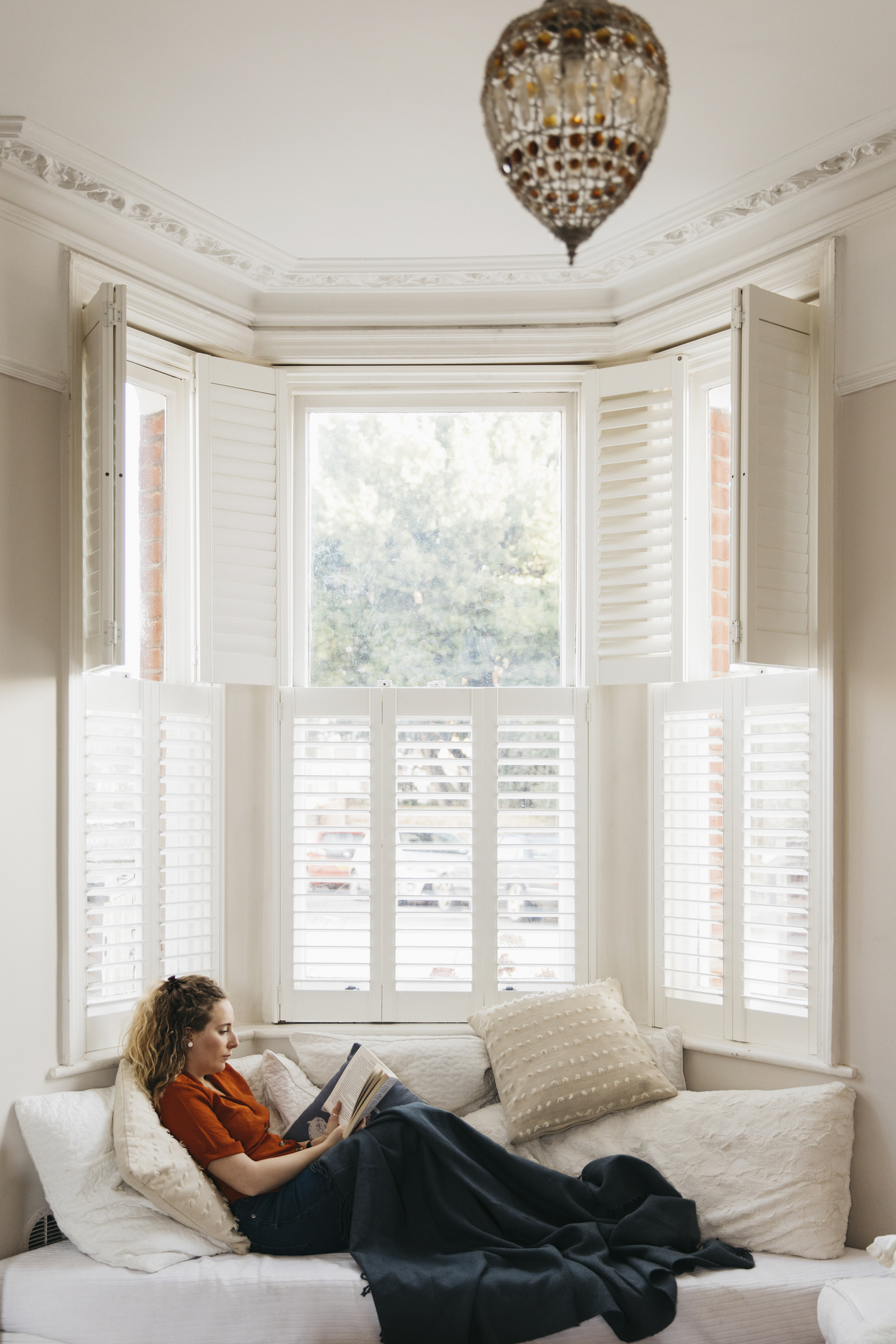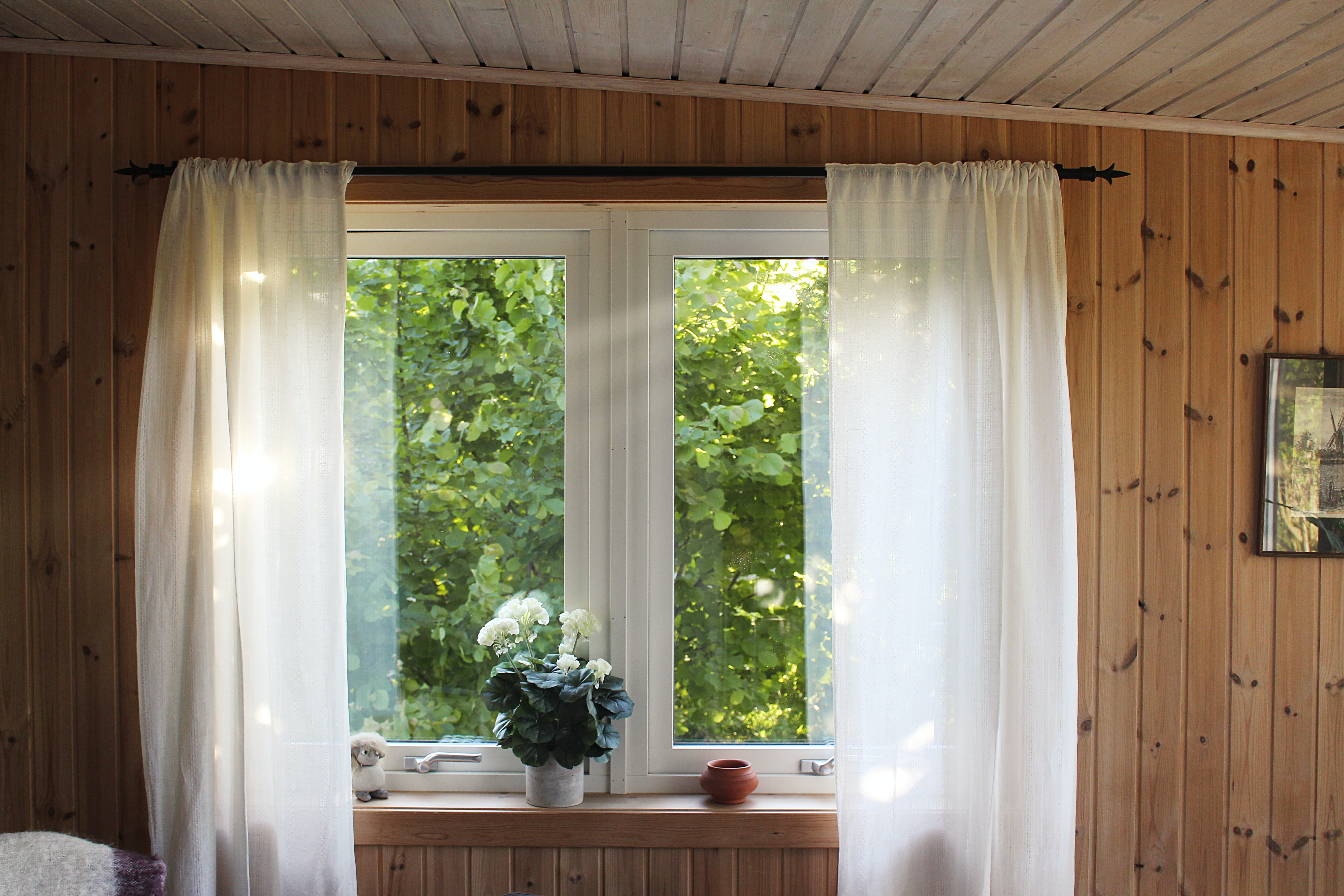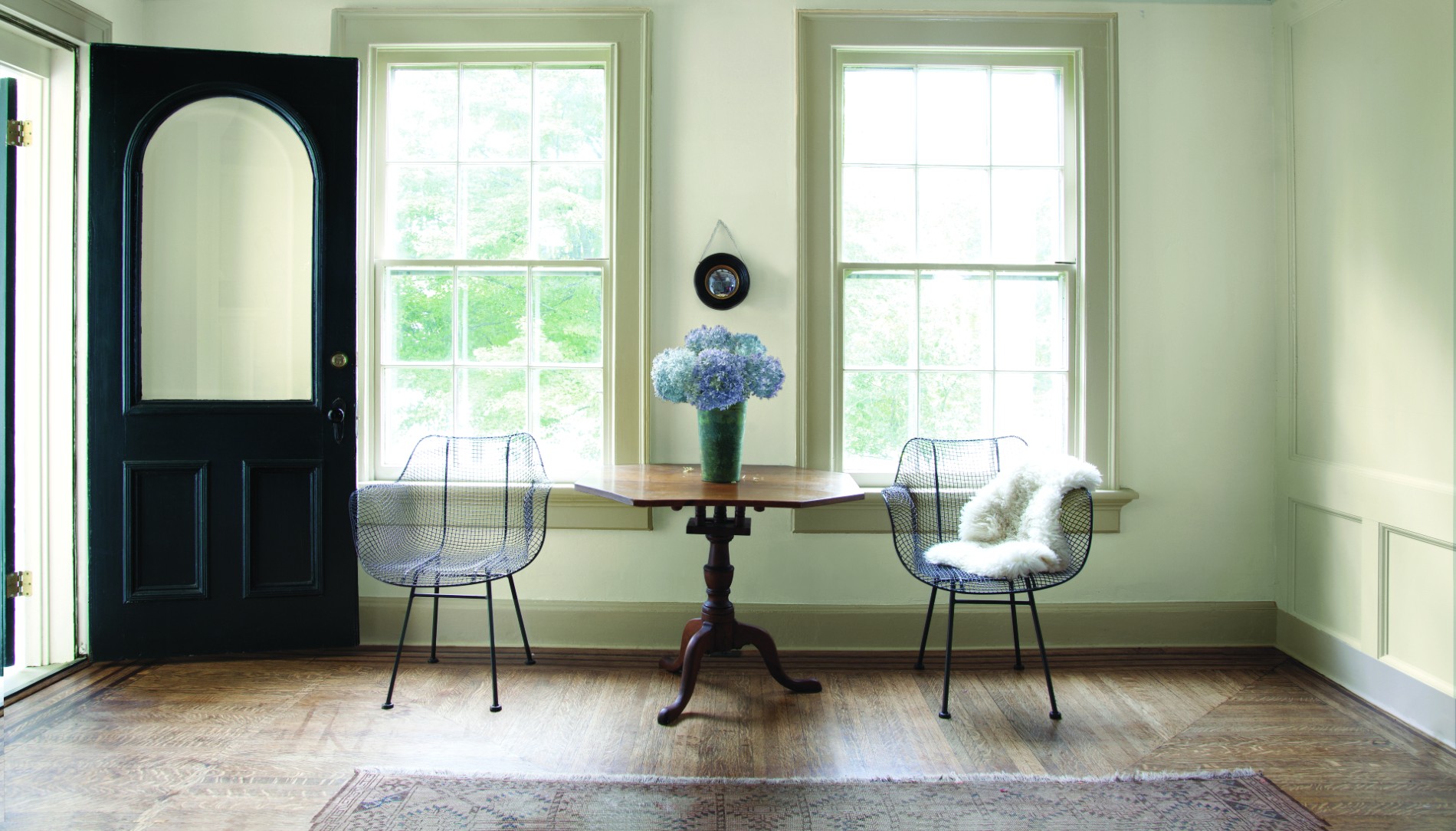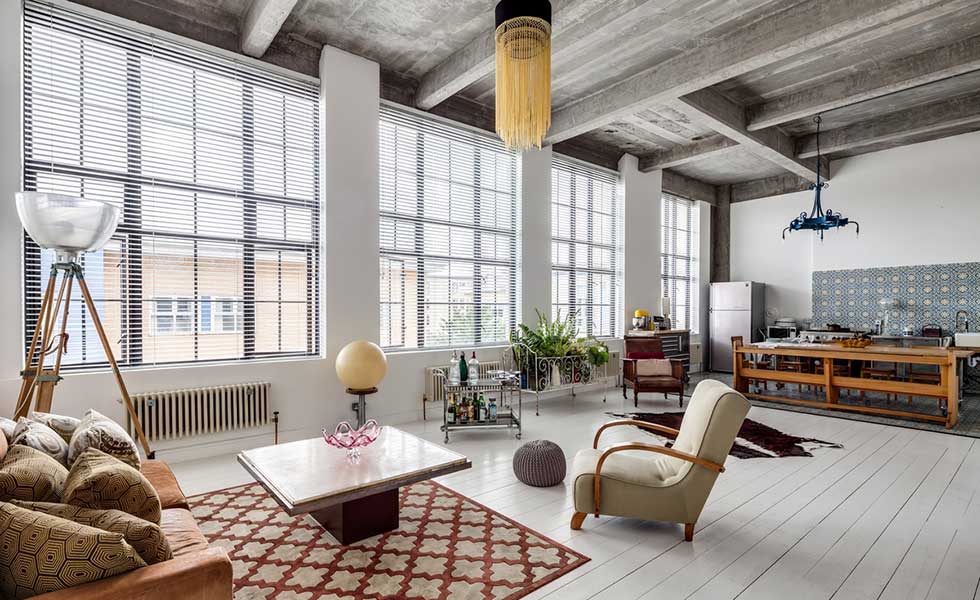9 types of windows to know about – the best options for your home
Single-hung vs. casement, bay windows and more – these are the most common types of windows to know about so that you can make the best choice for your home.


Gorgeous windows that let in as much light as possible are high on the list of priorities for most homeowners. Of course, the other purpose of windows is to let fresh air in and to ventilate your space. But, it’s no secret that windows play a significant role in adding to the finished architectural style of a building and a room, too. With so many window types to choose from, it’s worth considering what you and your property need before you invest. From pocket-friendly price points to the best types of windows for safety if you have kids around for example.
- Keep reading: Home renovation - an expert guide
Kris Lippi, real estate broker, official member of the Forbes Real Estate Council, and the business owner of the popular real estate website ISoldMyHouse.com says that the two main window types he commonly sees in houses are single-hung and fixed windows'. And there are pros and cons to each window type.
1. Casement windows

This is quite a popular type of window found in modern and trad homes and they are probably the best window type to promote air flow. They hang on a hinge, so pivot on the side, allowing you to open them like a door and letting the outside air funnel in. They are usually installed singly or as a pair, however, they don't always qualify as an egress opening as they are usually fairly small – making them a better option for children if this is the case. Small versions make sound options for laundry rooms, basement rooms and the like. If you find a larger version as above, it can look lovely in a hallway.
Care and maintenance
Right now, casement windows are better designed than ever. Saying that, depending on where your casement windows are from, they can be a little prone to the crank mechanism failing over time.
2. Awning windows

Much like casement windows although these are mounted with the hinge at the top so that you push it out. These are useful for opening to the back and side of the house. Note, these should be kept out the way of high traffic areas outside as it will obstruct the path.
Care and maintenance
Get small space home decor ideas, celeb inspiration, DIY tips and more, straight to your inbox!
They will need cleaning (as all windows do) but perhaps more regularly as when opened in all seasons, they are prone to collecting leaves and anything falling from the sky! As they are similarly built to casement windows, depending on where yours are from, the crank mechanism can fail over time.
- Keep reading: How to clean windows
3. Double-hung windows

Painted door frame in Wrought Iron 2124-10, Grand Entrance, Satin with walls painted in Intense White OC-51, Regal® Select, Matte and trim in Ashen Tan 996, ADVANCE®, Semi-Gloss by Benjamin Moore.
This is a classic, widely common window type, identifiable by two large sashes that slide up and down to open and close by means of vertical tracks. Modern versions are usually designed with springs in these tracks as opposed to weights and the wide availability of double-hung windows means that they are quite reasonably priced. These can open fairly wide so aren't always the best option for children.
Care and maintenance
They will need some maintenance to ensure the springs are in good condition.
4. Single-hung windows

Another decorative window type, single-hung windows have one moving sash while the upper sash is fixed in place. This does minimize air flow a little but with no compromise on style.
'These windows are the ones where you can slide the bottom part upwards, creating an open space underneath. The advantage of having this kind of window is that you can easily open it if you want ventilation, but you can keep it closed if you don’t. Either way, you still get the natural light you want during the day. Plus, they are space-saving since they stay in their frame all the time. This makes them ideal for tight spaces since they can still let air in despite their size. The only thing you need to take into consideration when it comes to single-hung windows is that they aren’t ideal for people who might have difficulties pushing the window up, like the seniors and the physically challenged.' Adds Lippi.
Care and maintenance
Both double and single-hung windows can be prone to letting a draft in so it’s worth taking proper precautions to insulate windows if you’re buying yours new or if you’ve inherited this window type.
- See also: Home insulation - how to improve energy efficiency in your home
5. Bay windows

These types of windows are really popular now, not just in the UK and bay windows add a small projection to properties that you can use for an extra bit of seating space, or for a houseplant or two. Of course, you can keep the space as it is too. They work nicely in living rooms and bedroom or family spaces. We love them because of the amount of light they let in and the dual functionality.
Craig Ricks Jr., President of Acadian Windows and Siding, a residential construction company in New Orleans adds, 'Bay windows are a wonderful choice, as they create an illusion of more space from both inside and outside the home with very little extra work. These windows are an especially good choice for a smaller room you want to get more use out of, as their protruding style allows for more space and natural light. Bay windows should especially be on your radar if you live in the country, since they allow for great views – and not a lot of privacy.'
Care and maintenance
Cleaning of course, and if you’ve inherited tired timber frames, you could consider painting windows too…
6. Sliding windows
This window type is pretty basic, designed with a simple construction, sans crank, which fortunately means it’s also an inexpensive option. Slider types of windows are built for a lot of usage so they might not be the most stylish – unless you’re set on Mid-century modern interiors – but they are easy to operate and likely to stand the test of time.
'Sliding windows are perfect for spaces where there’s more vertical room than horizontal, especially in bedrooms or living rooms.' Adds Ricks.
Care and maintenance
You’ll want to keep these super clean and streak-free for unobstructed views. Otherwise the seals should stay put and there is no tension mechanism to tend to either.
'As the name suggests, these windows slide into each other to open, meaning they’re very easy to clean and operate. With these windows, you’ll almost certainly want to also invest in shutters, so you can control the amount of light coming in.' Adds Ricks.
7. Picture windows

These types of windows will give you Selling Sunset vibes, think big panoramic views, depending on what’s outside of course… However these will not open. They make a safe, good looking option for apartments.
Care and maintenance
Make sure you look for double-pane designs to max out their efficiency in retaining/dispersing heat.
8. Jalousie windows
The all-American window types, recognizable by thin glass slats that open much like a Venetian blinds. You will not have the best view with these, though they provide good air flow which is a bonus if you don’t have air conditioning.
Care and maintenance
The slats may collect grime a little easier and be sure to check the metal casements are fully functioning.
9. Fixed windows

Much like the name implies, fixed window types are more feature than function focussed. They will still let in light but you won’t be able to open them for ventilation. They make lovely additions to add character to the exterior of a house.
'Since this kind of window doesn’t open at all, they are mainly placed in houses to let natural light in. Because of this, they are commonly placed in areas where there is some kind of scenery. This provides an aesthetic appeal to your interiors.' Adds Lippi.
Care and maintenance
Cleaning should just about do it. 'The benefit of having fixed windows lies in the fact that you won’t need to maintain any mechanism for them, since they aren’t movable. What you have to consider though, is that you can only clean the exterior from the outside.' Adds Lippi.

I'm Cam, the former deputy editor of Real Homes who worked on the site from 2020 to 2023. As a renter myself, sharing a home with two friends (and my cat) in London, I know all too well the challenges that this can pose when it comes to creating your perfect setup. As someone who has always loved everything interior design-related, I cannot rest until a home feels right and I am really passionate about helping others get there too, no matter what their living situation, style, or budget may be. It’s not always the easiest to figure out, but the journey is fun and the results are so worth it.
After interior design, travel, art, and photography are my next big passions. When I’m not writing or editing homes content, I’m usually tapping into other creative outlets, exploring galleries in London or further afield, taking photos, scribbling, or drawing!